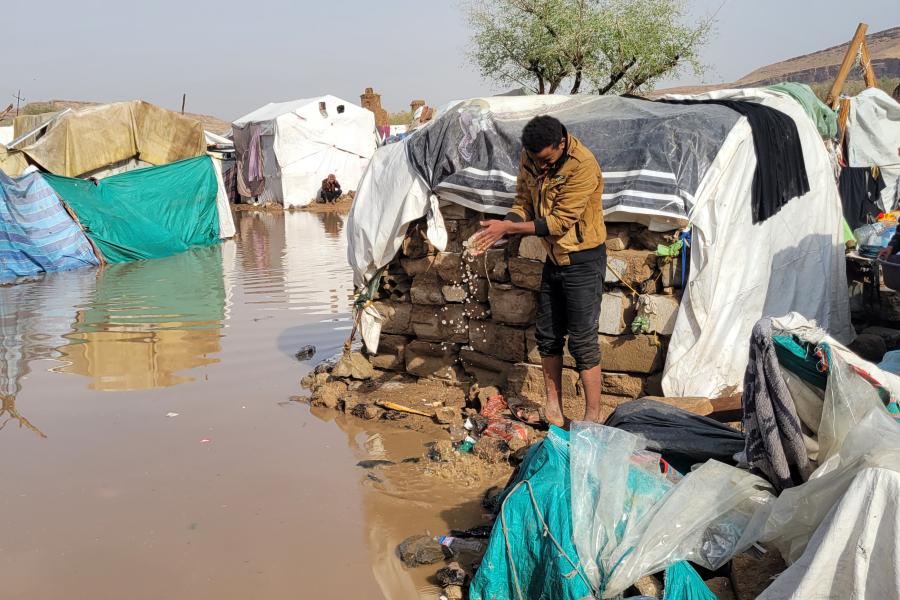Main documents
Global Appeal 2025 | Regional Overview
The Middle East and North Africa region is grappling with new and long-standing challenges related to forced displacement. Complex political and security environments are exacerbated by adverse global socioeconomic conditions, high inflation, dwindling donor interest, and decreasing tolerance for those supported by UNHCR. By mid-2024, there were 16.6 million forcibly displaced and stateless people in the region. Their humanitarian conditions remain precarious, particularly in terms of access to basic services, including livelihoods, and the risk of expulsion from several countries.
To read more about UNHCR’s planning for 2025 in the Middle East and North Africa, please download the regional overview PDF.
Populations
figures
Note: The "Stateless" category does not include stateless people who are also in other categories, to avoid double counting. The total number of stateless, across all categories, is .
Source: UNHCR Refugee Data Finder.
Population by country
Source: UNHCR Refugee Data Finder.
Population by origin
Source: UNHCR Refugee Data Finder.
Financials
Select Operation
Budget by Impact Areas
Budget information for the current year is updated monthly, while budget and expenditure information for all other years are final.
Budget by Outcome and Enabling Areas
Budget information for the current year is updated monthly, while budget and expenditure information for all other years are final.
Budget by operation
Budget information for the current year is updated monthly, while budget and expenditure information for all other years are final.









